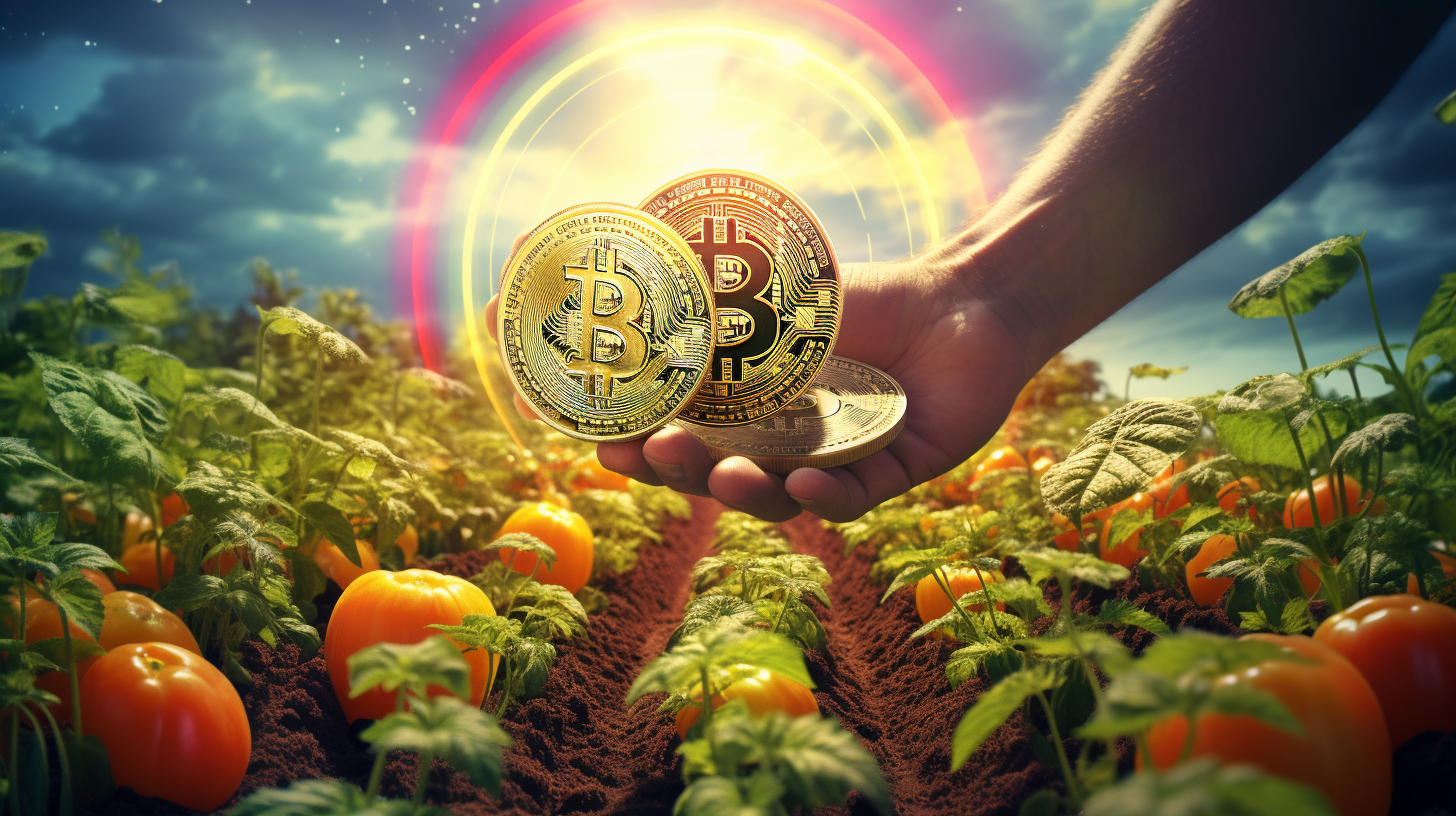Picture this: a verdant farm where every leaf of lettuce and each plump tomato has a digital story to tell. This isn’t some far-off fantasy; it’s the future of food, ripening on the vine of blockchain technology, where farm to table isn’t just a trend but a transparent traceable journey. Welcome to a world where your salad greens carry a cryptographically secure travel log, from the moment they’re planted to when they arrive on your plate.
At the heart of this agricultural revolution is blockchain, the ledger behind cryptocurrencies like Bitcoin and Ethereum. It’s an immutable, distributed database that fosters unprecedented transparency. By recording transactions and tracking assets in a business network, it ensures that every participant can trust the data’s accuracy and history without a central authority.
Blockchain’s foray into the food sector is already reshaping supply chains. Here, the term ‘smart contracts’ flourishes among furrows and fields. These self-executing contracts with the terms of the agreement between buyer and seller directly written into lines of code are revolutionary. Payments are automatically released to farmers once certain conditions, such as verifiable delivery of goods, are met.
In the crypto society, farms themselves can become digitized ecosystems. Agro-tokens not only serve as investment opportunities but also as a means to pre-sell produce ensuring farmers have capital to grow. Think of buying tokens as funding your local farm’s season, and as harvests roll in, your investment is quite literally yielding fruit.
The disruption goes deeper when considering how blockchain combats food fraud. Traceability is the name of the game, and in a crypto-driven world, every morsel has its virtual ledger entry. Imagine scanning a QR code on a pack of berries to see its entire agricultural ancestry, from seed to supermarket. Such transparency could all but eradicate food forgery and boost consumer confidence.
But let’s plow a bit further. Farmers are minting their own carbon credit tokens, offering a clever incentive for sustainable practices. An algorithm records their farm’s carbon footprint, translating reduced emissions into digital assets that can be traded or used for future investments.
The tech is ripe with potential yet comes with its share of pests. Key among them is the volatility of the crypto market, which can make the seemingly idyllic life of a blockchain-enabled farmer as unpredictable as the weather. Moreover, the gap in technological prowess between large-scale and small-scale farmers raises questions of equality in this digital landscape.
The narrative we’re weaved may sound utopian, yet it’s not without its thorns. Questions linger about centralization of power in crypto-driven platforms and the ability for such technology to remain secure in the face of evolving cyber threats. But just as agriculturalists adapt their methods from one season to the next, so too must the blockchain frameworks evolve. For farmers and consumers alike, the benevolent belief is that a transparent, efficient and fair food system is within reach, coded into existence one block at a time.
Fortified by blockchain, our tables may soon see the fruits of a high-tech harvest where trust is just as important as taste. And while this shift is more evolution than revolution, it is indeed planting the seeds for a future where the term ‘locally sourced’ carries a weight in code as much as in quality.
